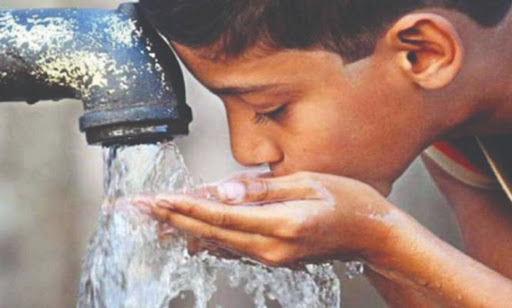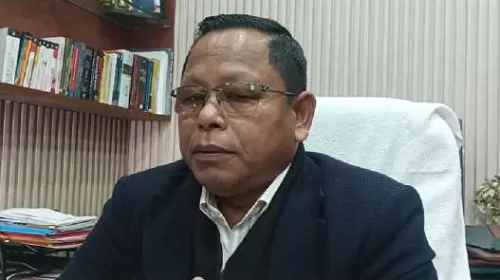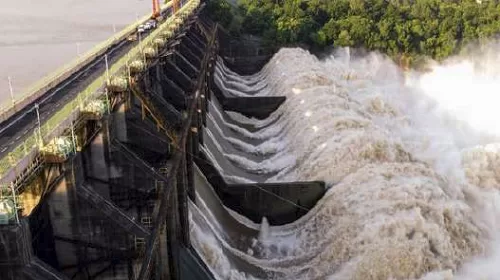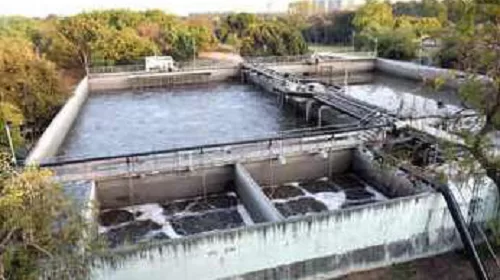The Delhi government plans on augmenting water supply by setting up Reverse Osmosis (RO) water purification plants in areas where groundwater is not usable, at localities that depend on water tankers, and jhuggis.
In the first phase of the project, five RO plants with a total capacity of 363 million liters per day (MLD) will be set up in a year. Small RO plants are also likely to come up in areas currently serviced by water tankers. The five RO plants will be at Okhla (136 MLD), Dwarka (68 MLD), Nilothi-Nangloi (68 MLD), Chilla (45 MLD), and Najafgarh (45 MLD). These areas have been picked since they have high groundwater levels but are unusable due to high salinity or total dissolved solids. The RO plants will purify groundwater and supply it to households using the Delhi Jal Board’s (DJB) existing pipelines.
One small RO plant is set to come up for every 500 households. For every jhuggi, one RO plant will be set up, and more than one would likely be set up for areas where the population is over 2,000.
Localities, where groundwater levels are high but not usable, have been prioritized for setting up localized RO plants, a senior DJB official said. DJB teams have been tasked with preparing a list of such localities and unauthorized colonies, while simultaneously preparing tenders for smaller plants.
The official said since RO plants can be expensive, private investors will set up plants and the DJB will purchase purified water at a fixed monthly rate that will include the cost of purified water and that of the capital. “For the consumer, rates will remain the same,” the official said.
Maintenance of plants will be done by the private contractor. Tenders will be floated for the larger plants in the first week of October and the installation will begin two months after receiving tenders. At a meeting held with DJB officials Thursday, Water Minister Satyendar Jain instructed officials to shortlist advanced technology that will ensure an 80% recovery rate for water. That would leave the plants with a wastage rate of around 20%.
“RO technology is easily available in the market. There are technologies that give higher wastage rates of around 50%. But DJB wants an 80% recovery rate and the contractor is expected to come with the best technology,” the official said.
The wastewater from the system is likely to be handled by the DJB itself, either by diluting it with STP water or evaporating water component and disposing of leftover salt, the official added. The DJB supplies 4,230 MLD of water against a demand of 5,130 MLD, leaving a deficit of 900 MLD, according to a release issued by the government. Diwan Singh, an environmentalist, and an expert who has been associated with water conservation projects, said he was unsure if a highly resource-intensive project like setting up RO plants could be feasible considering the substantial population that would have to be covered in Delhi. “It’s a good objective. There are so many treatment plants already, but they are unable to supply clean drinking water since there is frequent contamination. Now we’re trying to purify the same groundwater that we have contaminated,” he said.
Manoj Misra, the convener of the Yamuna Jiye Abhiyaan, said Delhi already has enough freshwater to meet its needs: “Delhi doesn’t need to draw more from its already severely depleted groundwater. But the existing distribution system is so inefficient that a lot of water is lost. They should get this system in order instead of attempting such installations. RO is an energy-intensive method and it wastes a lot of water.”




